Originally written by Estella Inda.
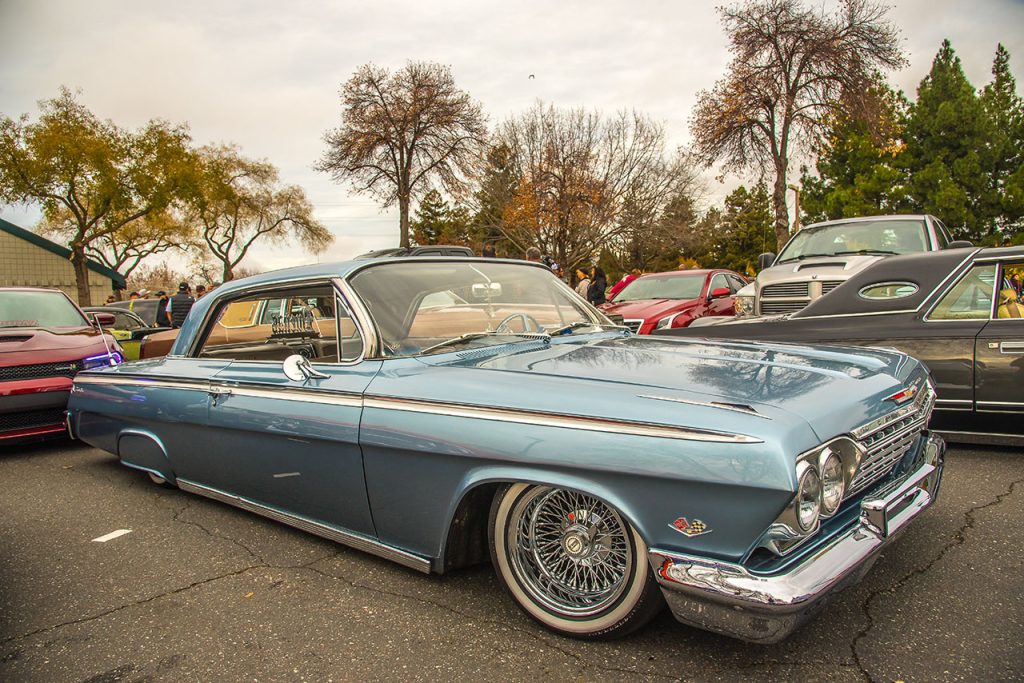 Revelations: Spotlighting East San José
Revelations: Spotlighting East San José
Many are unaware that prior to the 1950's, most of San José's East Side was uninterrupted farmland. It stretched towards the east foothills. Its residents were mostly migrant agricultural workers. They lived in a patchwork of rural barrios without sewers, sidewalks, or streetlights. The East Side was the area of town many turned to because they were able to find low-cost housing or because of gentrification, they were forced into this side of town.
Due to these contributing factors, very little has been mentioned about the East Side in San José history. The San José Public Library's California Room would like to put a spotlight on San José's East Side with a series of blogs that will feature individuals, businesses, and community organizations with ties to the East Side. The California Room is doing this blog series in addition to gathering materials in preparation for creating an exhibit that chronicles the social, economic, and political development of San José’s East Side, entitled East Side Dreams: The Untold Story of East San José. The California room is also establishing a permanent archival collection at the library.
Historically
According to Dictionary.com, a tradition is “the handing down of statements, beliefs, legends, customs, information, etc. from generation to generation, especially by word of mouth or by practice”. When thinking about this definition in relation to the east side, the first thing I think of is lowriding.
Historically lowriding can be traced back to the 1930-1940s. However, its origins can be traced back further, to the time of the vaquero- the Mexican cowboy. According to author, educator, and historian Arturo Villarreal in his West Magazine article, Cultural Clash, the “socio-cultural aspects and symbolism behind lowriding can be traced to the horse, horsemanship, the transition from horse to car and the Mexican ritual known as ‘El Paseo’”.
Tradition
A vaquero would care for his horse, ensuring it was always clean, groomed, and had the best bits, spurs, and saddles money could buy. Villarreal explains how the next generation “replaced the horses and horsemanship with their beautifully crafted machines,” the lowriders. Cars-as-art challenged the common conception that art could only belong to those with money, and lowriders became canvases for artistic expression, cultural heritage, and social protest.
The ritual of El Paseo was where socialization would occur for Mexican youths where they would meet one another which traditionally lead to courtships. This tradition, Villareal suggests, evolved into the practice of lowriders cruising boulevard to court and socialize.
From Courtship to Family
Originally cruising in San José occurred downtown, but eventually the lowriders were pushed towards east side. The east side intersections of Story and King Roads became the epicenter of the lowrider scene in San José. However, as the scene grew in popularity and prominence, it caught the attention of not only the rest of the lowriding community and other supporters but also city officials, resulting in the creation of NO CRUISING zones.
But that did not put an end to lowrider movement, the community and culture thrived. To this day lowriders enrich San José through the display of their magnificent cultural artwork and through community service efforts such as toy drives and Trunk or Treat events.
Over the decades, the lowrider movement has drifted from courtship towards a lasting tradition that has emphasized craftsmanship and cultural awareness. Teaching the next generation to appreciate such craftsmanship and artwork, providing an understanding of how important such freedoms of expression are to prior generations is what keeps the lowrider community thriving. Today’s lowrider scene is family oriented; cars are passed down from generation to generation, creating a legacy of riding low and slow on the streets of San José.
Further Readings
Previous Blogs in the series:
Revelations Continue...
Please join us again for, "East Side Revelations – Part 5," where we will place the spotlight on another East Side Legend.

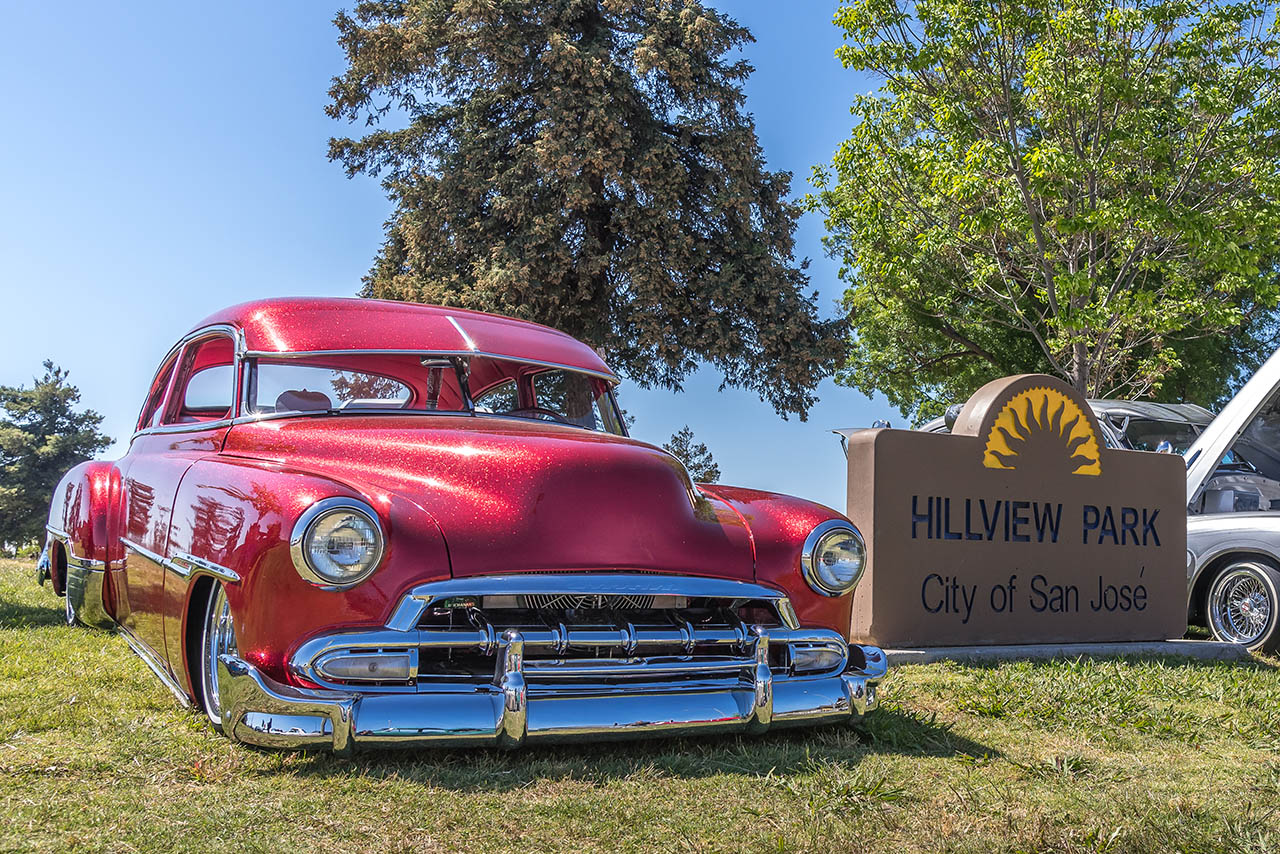
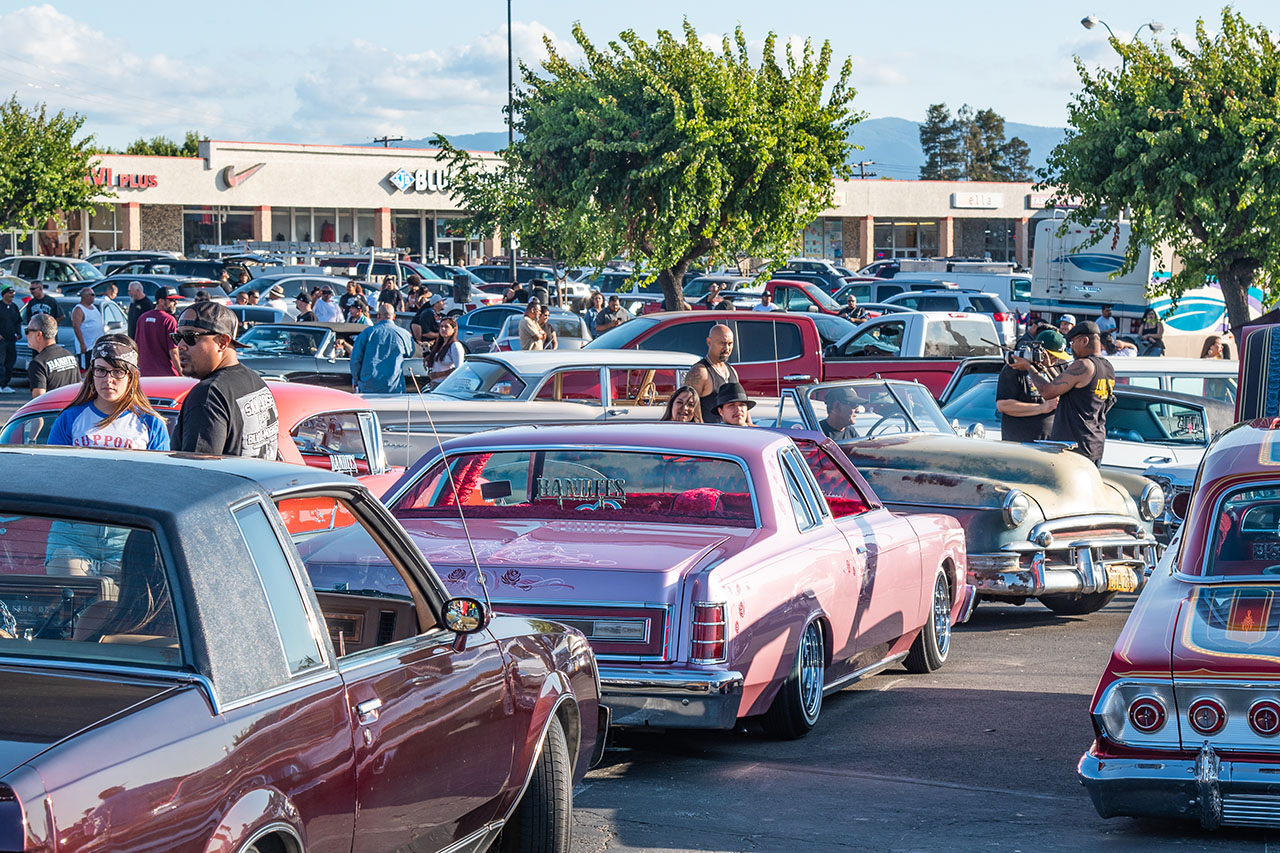

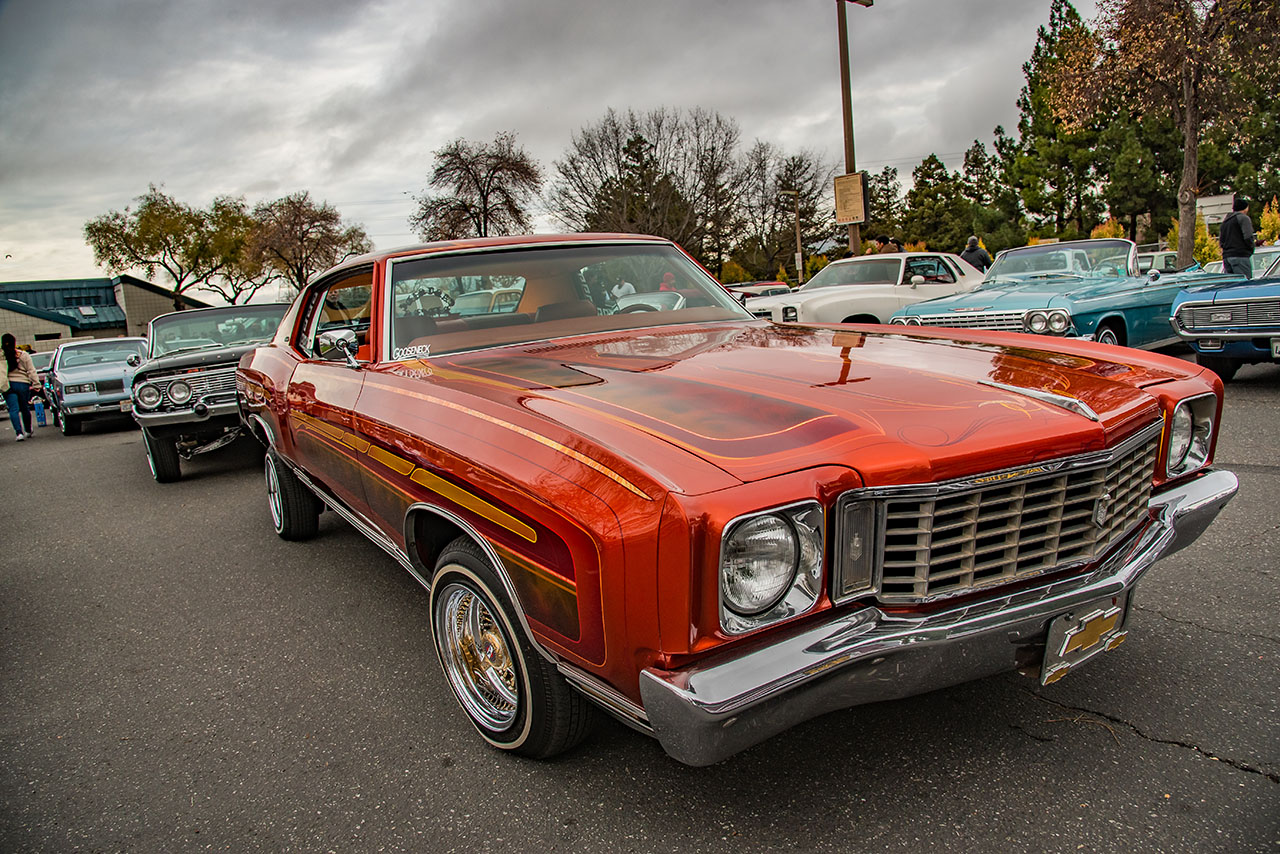


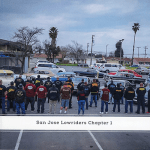
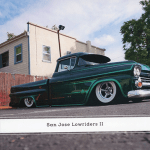

Add a comment to: East Side Revelations – Lowriding